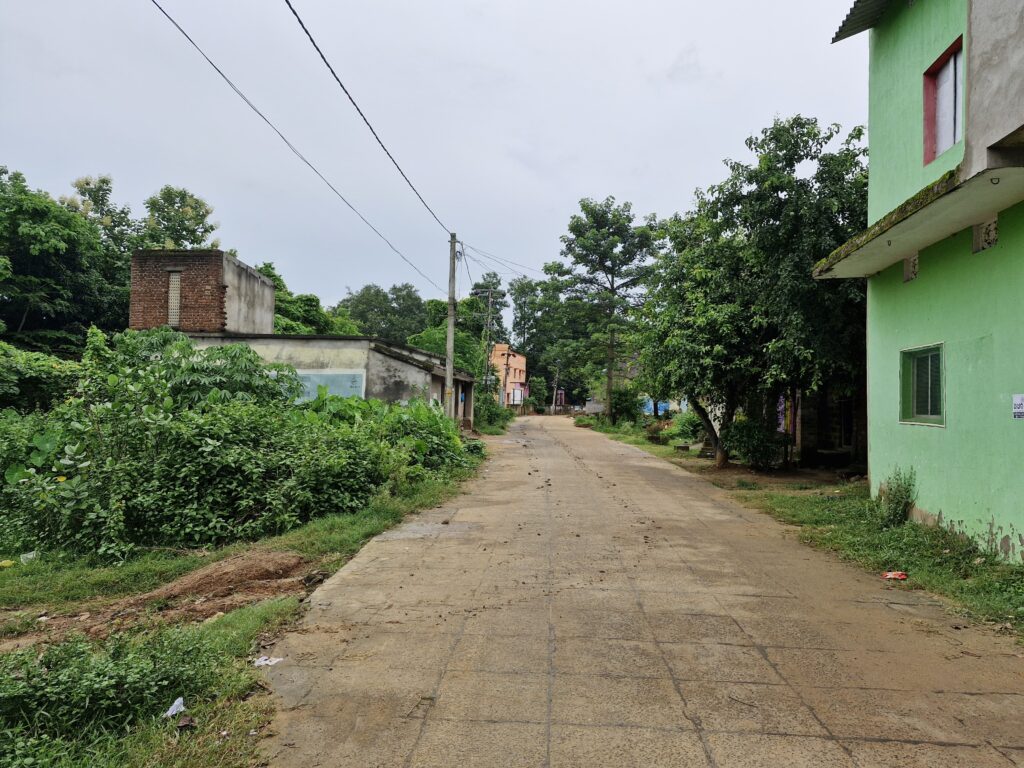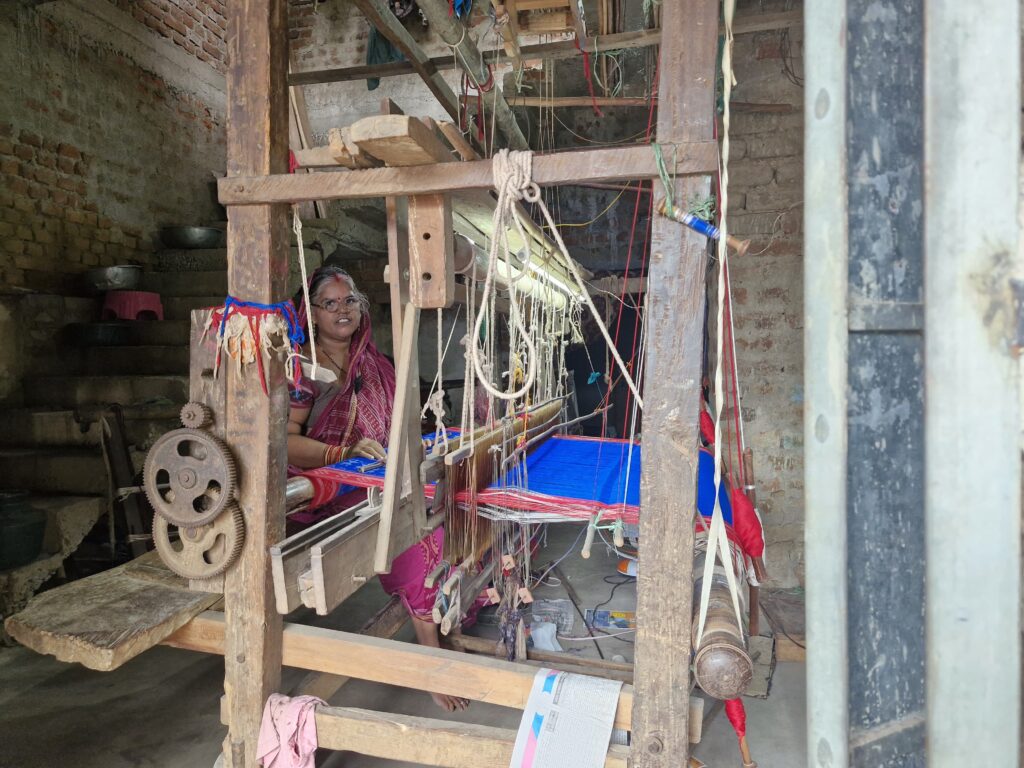
Wings of Hope in Maniabandh
By fmadmin
Wings of Hope in Maniabandh
Author: Priyanka Rai
Walking through the quiet lanes of Maniabandh in Cuttack district, I was struck not by the sound of the looms though they are always humming but by something quieter, more powerful: the expression on the faces of the women. There’s a certain light in their eyes now, a quiet pride in their posture, and a smile that lingers long after the conversation ends. This isn’t just happiness; it’s the glow of recognition, of finally being seen.

In this village of handlooms and harmony, almost every house is a nano enterprise, and almost every woman, once working invisibly beside her husband, now carries a spark that says “I can.”

As the morning weaves into noon and the rhythm of the household quiets down, these women rush to their learning space, where they sketch motifs, pick colours, or thread a needle not just for income, but for identity. Some are widows, many are over 35, and most have never had the luxury of time to dream. Now, with each motif they draw, they are sketching a new version of themselves.
I met Sanya Patra, just 19, who had paused her education due to financial constraints. But her eyes sparkle with dreams still intact. “This is my second chance,” she said, holding up a drawing copy which has a design made by her, with pride. “Maybe this time, I’ll make it.” And then there was the elderly woman who opened her home and her heart to us, showing us where she spins yarn, where the loom sits, and the corner where she now embroiders. “Yeh mera kaam ka jagah hai, meri shop bhi hai,” she beamed. That smile full of ownership and joy was worth more than any economic statistic.
Their laughter fills the room when a motif goes wrong. Their eyes gleam when someone praises their work. They work late into the night not because they have to but because they want to. Recognition has brought not just income, but dignity. They are no longer just supporting hands; they are leading hands, creative minds, businesswomen in sarees with threads of ambition.
What I saw in Maniabandh is something rare, a transformation not loud or forced, but unfolding gently, like the petals of a flower opening to light. The kind of change that shows on a woman’s face when she holds her first self-earned rupee or hears a customer admire her embroidery. That smile? That is what empowerment looks like.

Previous Article
Next Article

The Foundation for MSME Clusters (FMC) specializes in promotion of MSMEs through cluster..
Contact
USO House, 2nd Floor, USO Road,
Off Shaheed Jeet Singh Marg,
6, Special Institutional Area,
New Delhi – 110067
Copyright 2024 © All Rights Reserved


